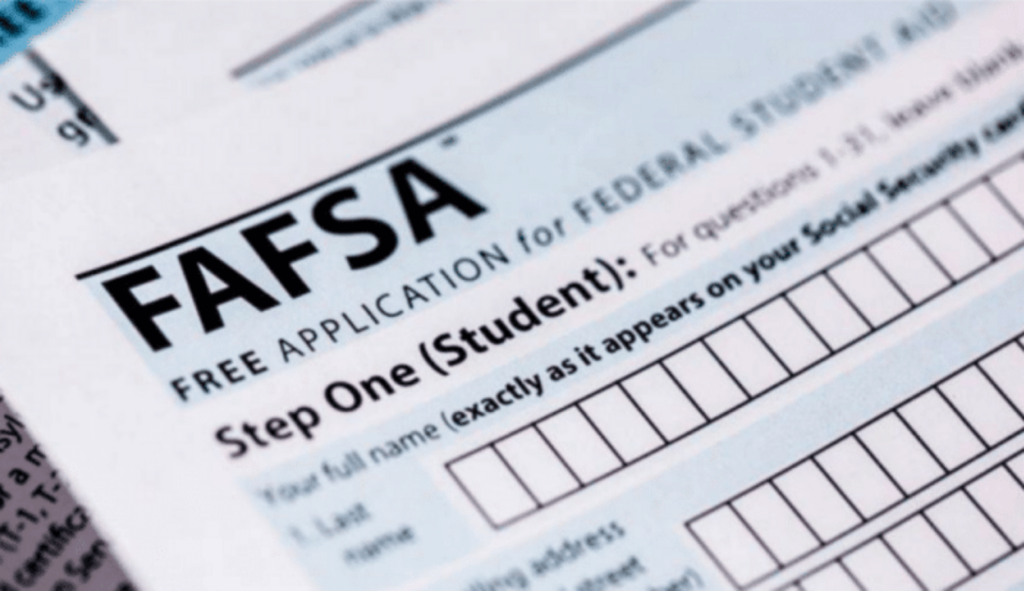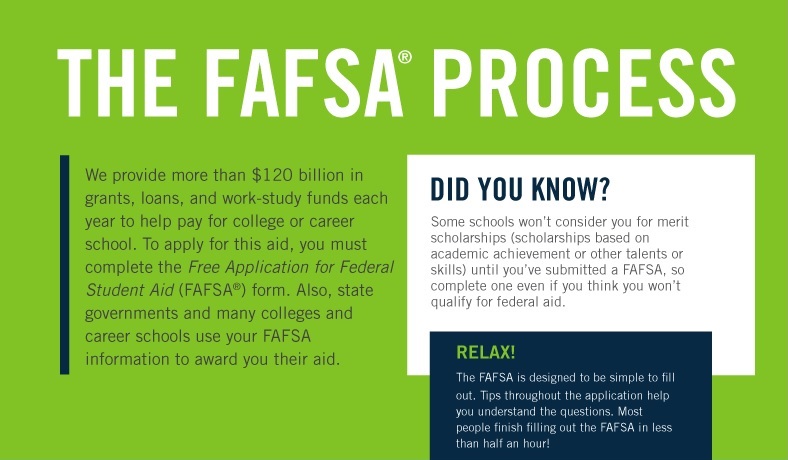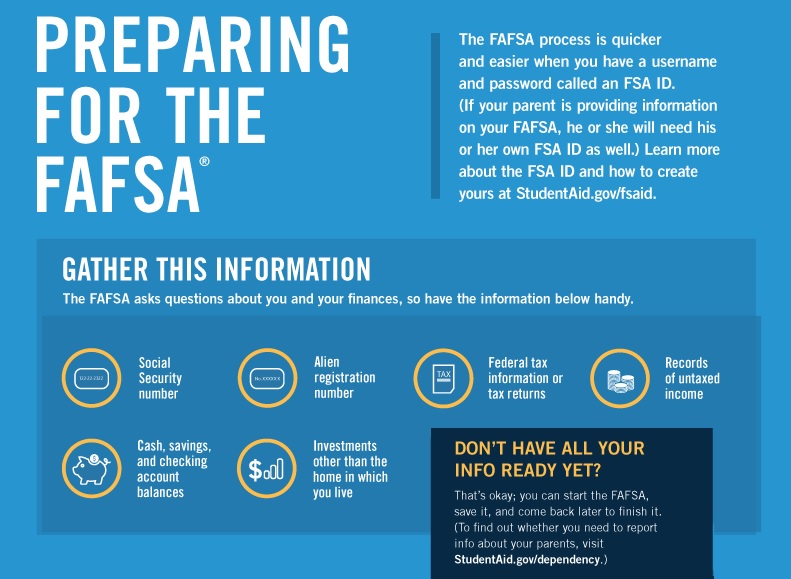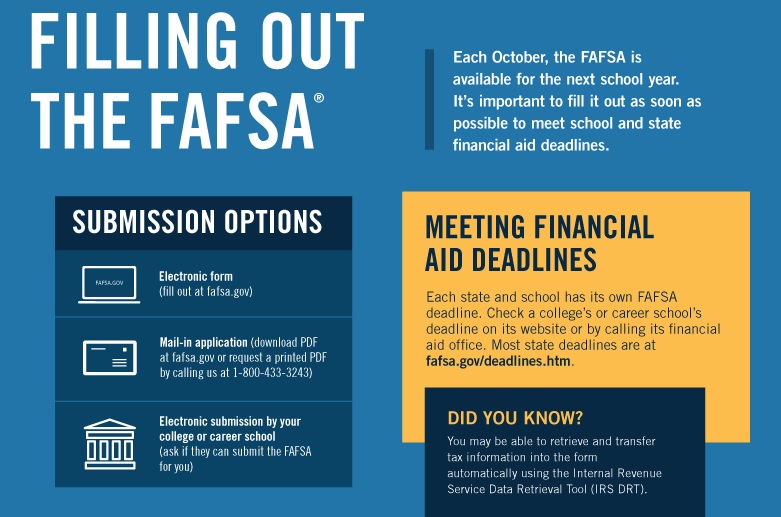

Would you pass up an 85% chance at college aid? That’s what 40% of Pennsylvania’s high school graduates do every year.
Oct. 1 marked the first day to complete the Free Application for Federal Student Aid, commonly known as FAFSA.
Let’s not pretend that completing the FAFSA is fun or easy. It requires tax documents, creating an account, and answering questions from the U.S. Department of Education. But it’s one of the most important steps on the path to postsecondary education, the first hurdle at which thousands of students fall every year.
Forgoing available aid
A 2018 report estimates that Pennsylvania students that year missed out on approximately $88 million dollars in Pell grants (awarded to students from low-income households). This doesn’t include state grants and low-interest federal loans for which thousands more students are eligible.
Research from the National College Attainment Network indicates students attending high-poverty school districts are less likely to apply for financial aid than those attending low-poverty schools. We see this at the School District of Lancaster. Although 83% of students in the Class of 2019 aspired to postsecondary education, only 47% completed the FAFSA.
How to get started
To begin filling out your FAFSA, visit fsaid.ed.gov to create your FSA ID. Additional information and assistance can be found at studentaid.gov, and through your school's guidance department.
Pennsylvania is firmly in the middle of the pack when it comes to FAFSA completion. It falls nearly 20% behind the nation’s leader, Tennessee, where completing the FAFSA is a graduation requirement.
Postsecondary education has never been more important. The Covid-19 pandemic exacerbated many of the challenges facing those with only a high school diploma.
In April, unemployment among workers age 25 and over who only have a high school diploma shot up to 17.3%, more than twice the rate of those with a bachelor's degree or more. Individuals with an associate’s degree or some college education fall in between.
Don't let Covid derail you
During the pandemic, when so many families are struggling to stay financially solvent, postsecondary goals can seem unrealistic. Yet help is available in the form of federal, state, and college-based aid. All of these are unlocked by completing the FAFSA.
Current interest rates are low: For undergraduates, interest on direct federal loans is 2.75%.
Several years ago, Georgetown University’s Center on Education and the Workforce estimated that 65% of jobs would require postsecondary education by 2020. As of 2018, just over half of Pennsylvania workers had a postsecondary credential; Gov. Tom Wolf's administration hopes to raise that to 65% by 2025.
I’ve been intentional in using the term “postsecondary education” instead of “college.” The FAFSA does not only provide funding for associate’s and bachelor's degree programs, but also shorter term credential programs. Many of these credentials are in high-demand careers, and students who complete the FAFSA can receive federal and state funding for this kind of training.
At the School District of Lancaster, we are encouraging all students to complete the FAFSA. Our staff is meeting with students in person (following CDC guidelines) and virtually to help them get over that first hurdle on the path to funding their postsecondary education.
Although this year’s FAFSA utilizes income information from 2019 tax returns, students will be able to appeal their aid award based on hardship due to Covid-19. Tools like SwiftStudent help students appeal their financial aid offers, so they can achieve their postsecondary education dreams.
Even students who aren’t sure they want to attend postsecondary education should complete the FAFSA. It’s key to keeping options open.
This year demonstrates that everything can change quickly, and you don’t want to miss out on the opportunity of postsecondary education. Do the FAFSA.









